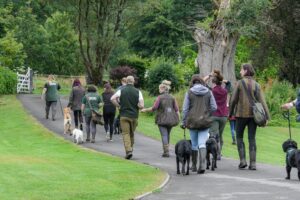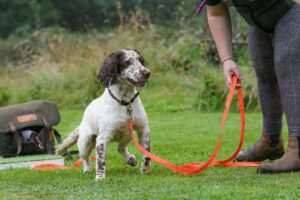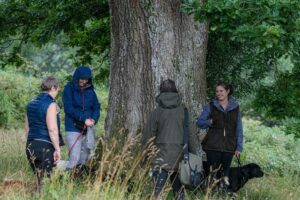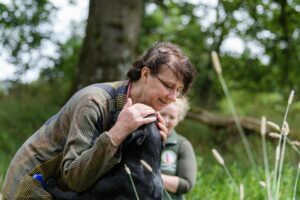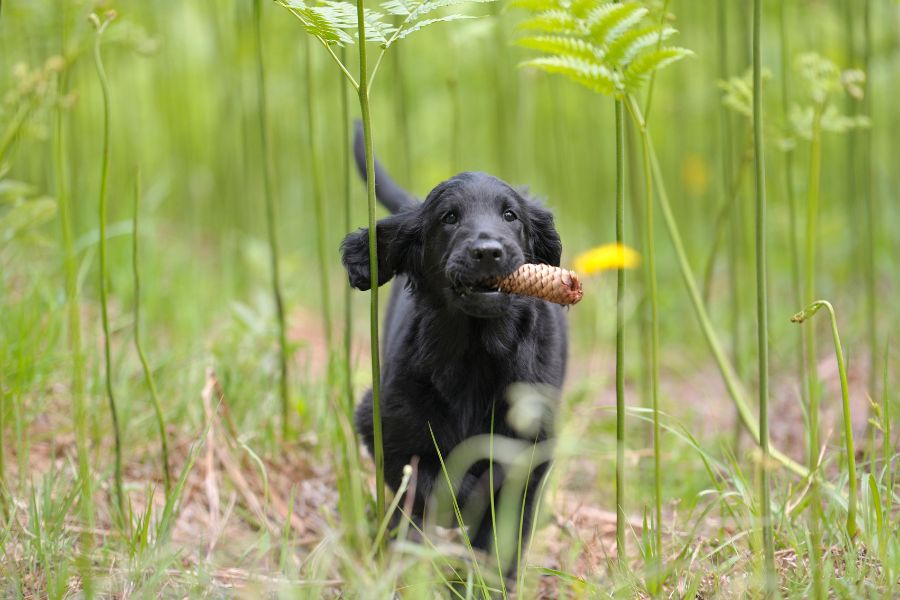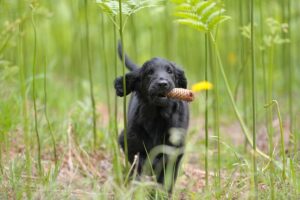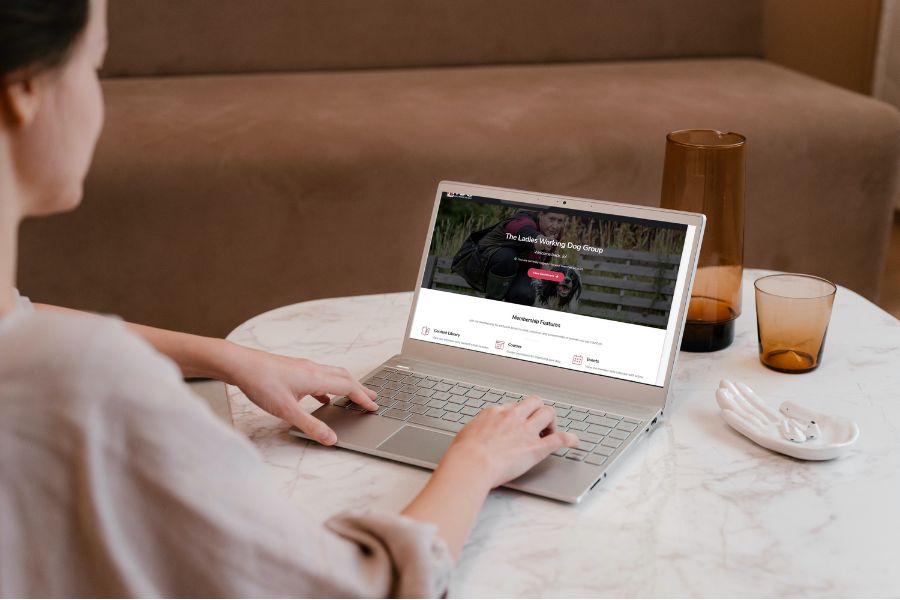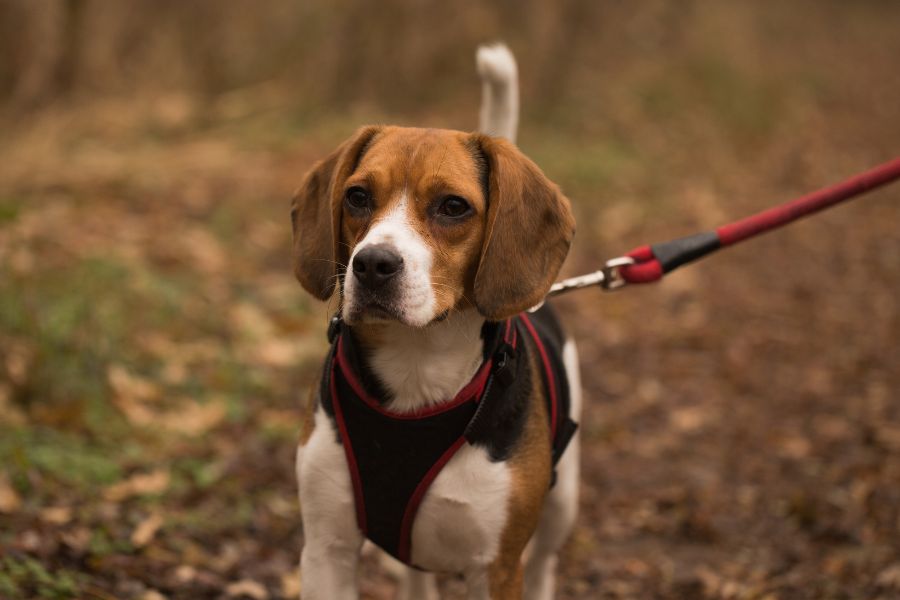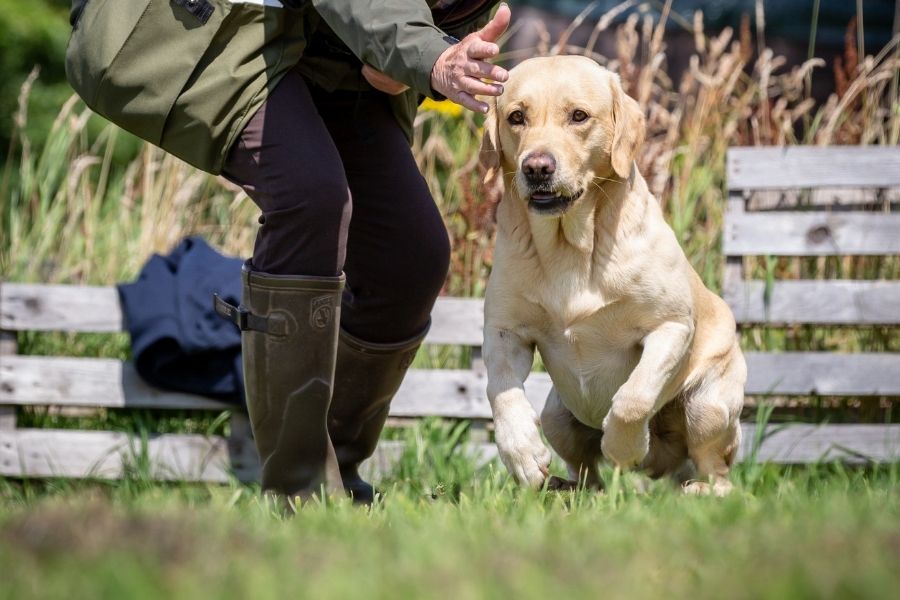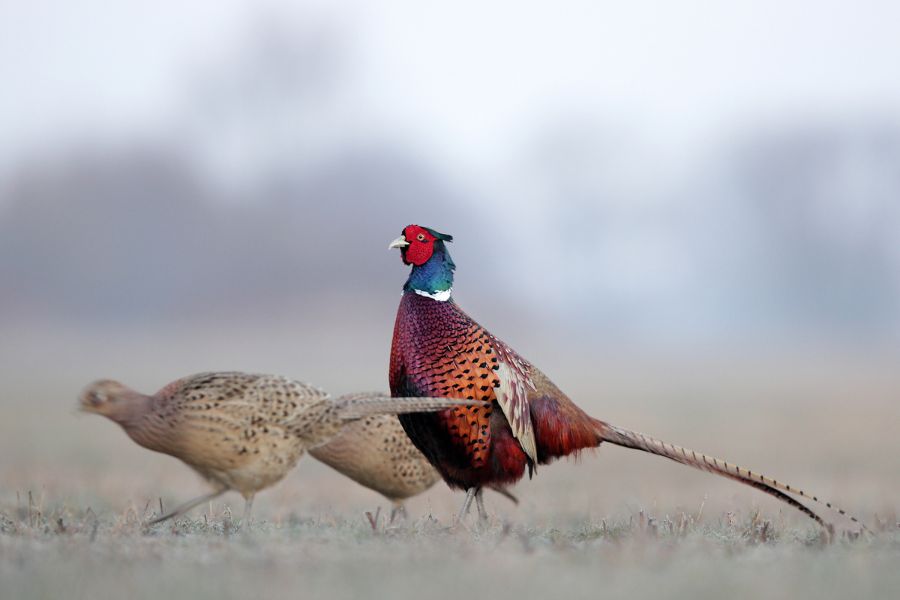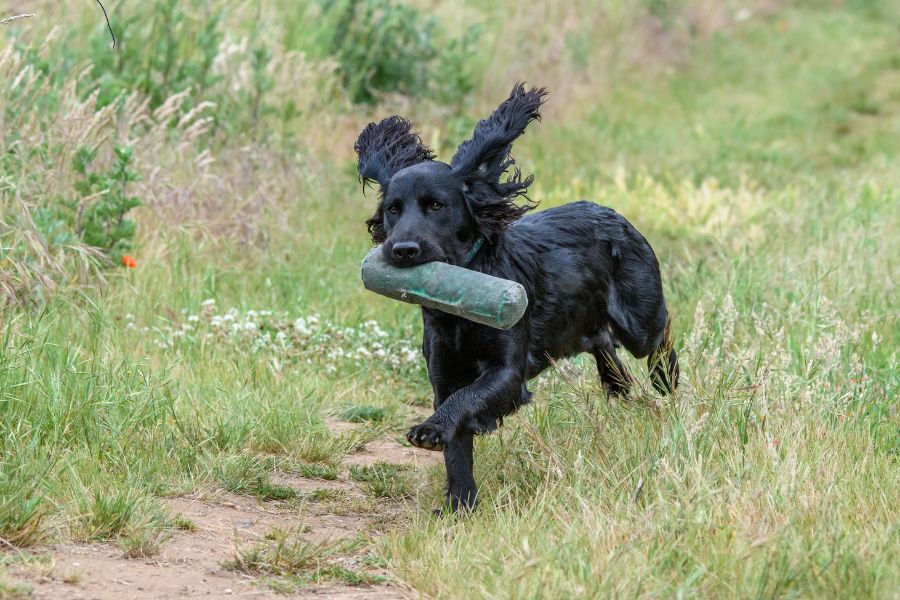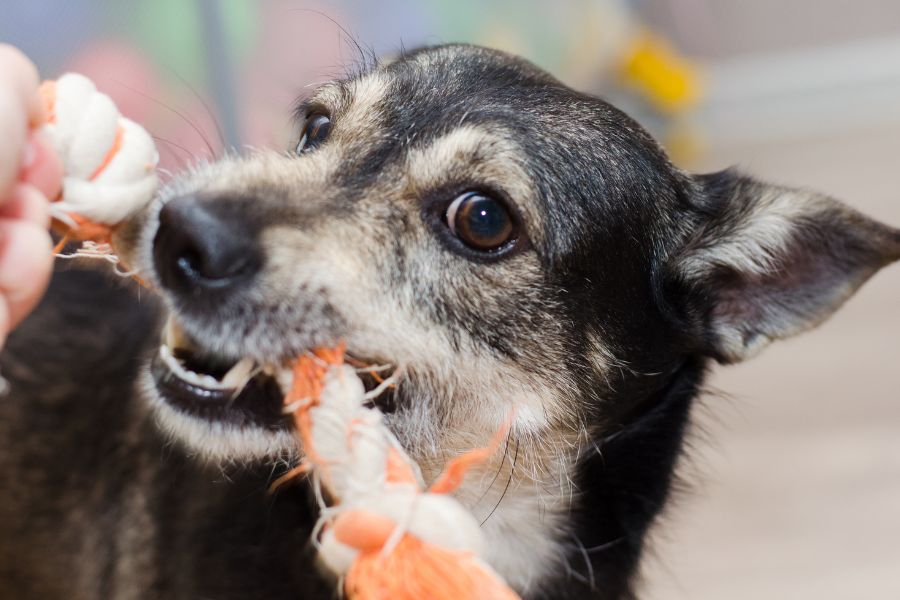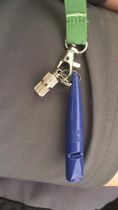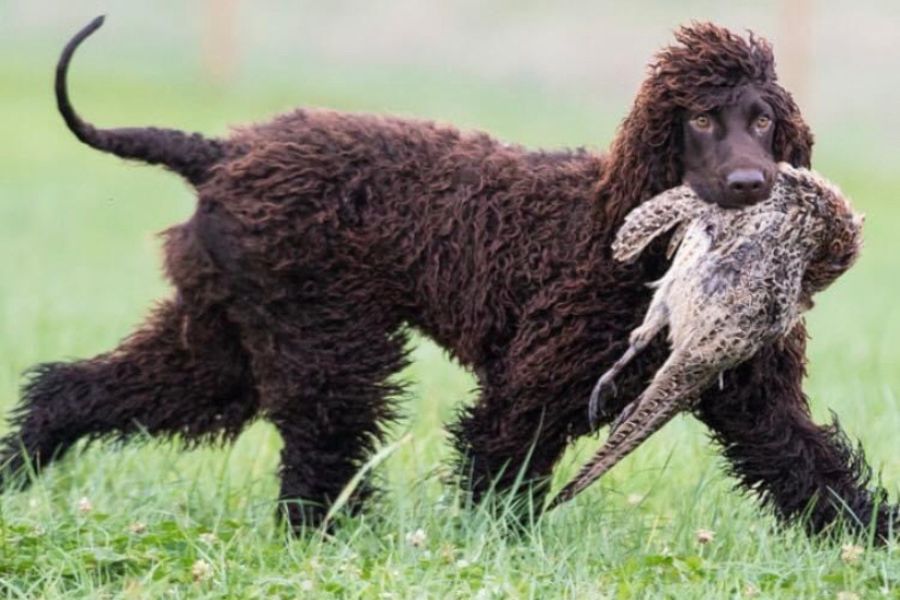
Puppies are adorable, and it’s no wonder that so many people choose to get one. However, many people don’t realise that puppies grow up and can be in for a surprise when their puppy turns into a teenager. Adolescence in dogs can be challenging for owners and their four-legged friends.
Adolescence is defined as the period of life between puberty and adulthood, and for dogs, this can occur anywhere from six to eighteen months of age. During this time, dogs can exhibit a variety of behaviours that may be unfamiliar or even concerning to their owners, such as testing boundaries.
In this podcast and blog post, we discuss what to expect when your puppy becomes a teenager. We’ll give you tips on handling the changes your dog is going through and how to help them adjust to their new stage of life!
Podcast Episode:
When does adolescence start in dogs?
There’s no definitive answer to when adolescence starts in dogs, as it can vary depending on the individual dog. However, most experts agree that it generally begins around six months of age. At this point, your pup will go through a lot of changes – both physical and behavioural. They may become more independent and rebellious and may start testing your rules and boundaries. This is all normal behaviour for an adolescent dog, and with patience and guidance, they will eventually grow out of it.
The changes that take place in a dog’s body when they turn into teenagers.
Around the age of six months, dogs begin to enter adolescence. At this time, they may start to pull on their leash, mouth their owners and test boundaries. This is normal behaviour for adolescent dogs, but it can be frustrating for owners who are used to a well-behaved puppy. Understanding the changes that take place in a dog’s body during adolescence can help owners better manage their expectations and provide the appropriate amount of training and supervision.
During adolescence, dogs experience a surge in hormones that can cause them to behave differently than they did as puppies. For example, they may become more independent and less likely to listen to commands. They may also start to challenge their owners for dominance, which can lead to problems if not adequately addressed. Adolescent dogs also have more energy than puppies and may need more exercise to prevent them from becoming bored or destructive.
The challenges that come with adolescence in dogs.
The transition from puppyhood to adolescence is an exciting time for both dogs and their owners. However, it can also be challenging as dogs begin to assert their independence and explore the world around them. As a result, owners must be prepared for a few potential challenges.
First, adolescent dogs may test their limits by chewing on furniture or engaging in other destructive behaviours.
Second, they may become more resistant to training as they start to push against the rules that have been established for them. Their recall may deteriorate.
Their behaviour around other dogs and situations may change. Even if they have been great up until now, this may now become fearful or boisterous, or both.
Finally, adolescent dogs may become more aloof and independent, preferring to spend time alone rather than with their owner. While these challenges can be frustrating, they are part of normal maturation.
Top Tips for helping with adolescence in dogs.
Here are a few extra tips to help you and your pup adjust to this new stage of life; make sure to listen to the podcast for LWDG Group expert Claire Denyer’s top tips too:
1. Establish rules and boundaries early on. Adolescent dogs are full of energy and need firm, consistent guidance to learn what behaviours are acceptable.
2. Make sure to provide plenty of exercises. Regular exercise will help your adolescent dog burn off excess energy and stay calm indoors.
3. Socialise with structure. It’s important for adolescent dogs to meet other dogs and people in a variety of situations so that they learn how to behave appropriately in different environments.
4. Be patient and understanding. Remember that your adolescent dog is still learning and growing, and making mistakes is part of the process. However, with patience, love, and guidance, your adolescent dog will become a well-adjusted family member in no time!
Do you need help with your training?
Whether you want your gundog to be an expert in the field or simply a well-behaved family member, training a gundog is hugely rewarding. But if it’s your first time training a gundog, you may find it incredibly difficult too. The feeling is not uncommon; it’s one shared with most owners. We wanted to help people at the beginning of their gundog journey to get it right, so we created the Hot Mess Handler… Read More Here





